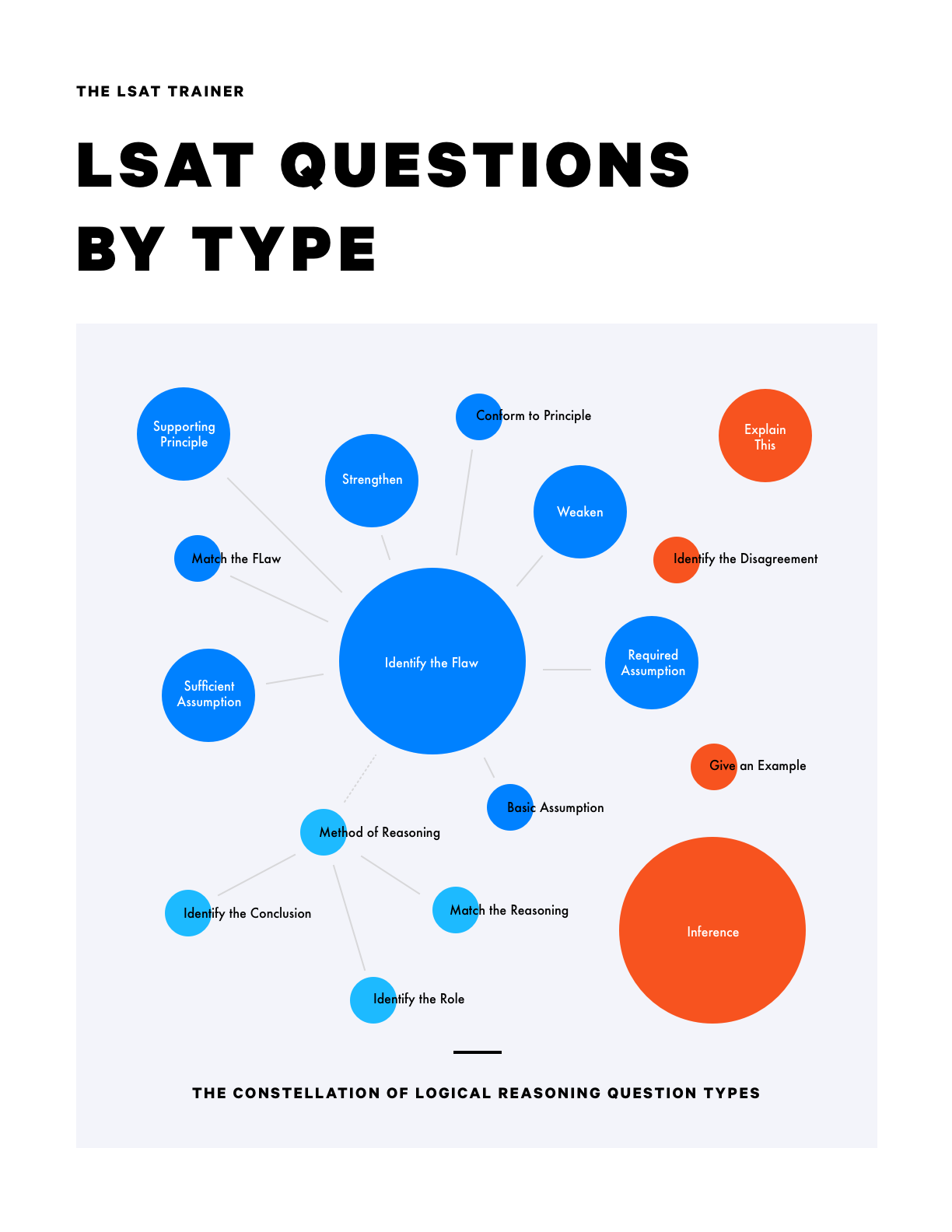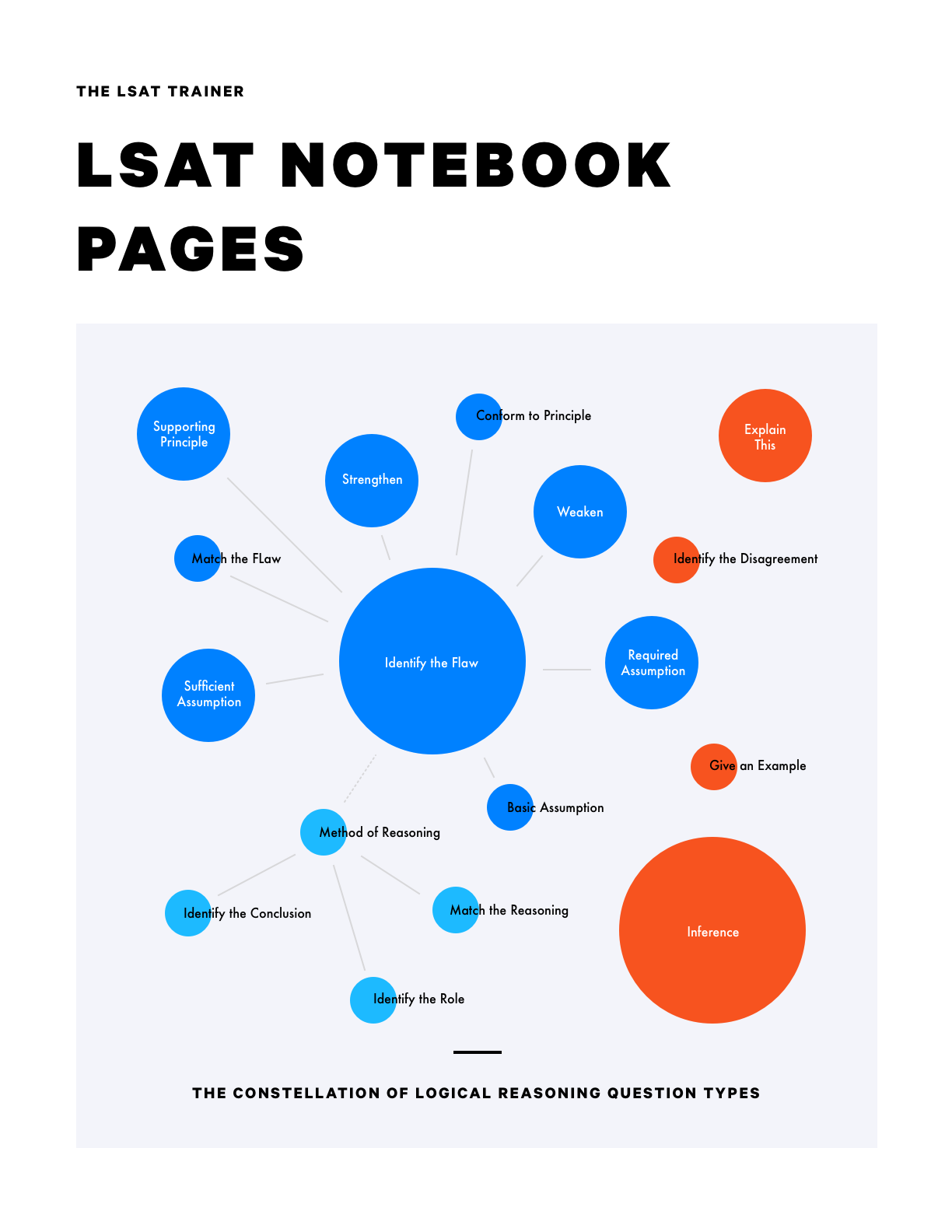Game 1
Step 1
Per the given scenario, and the first rule, we can write out the five elements to be placed - M, N, O, P, R - and the subsets (majors) - (g, g, h, h, j). We can also lay out the two position assignments for friendship and the three for liberty.
Step 2
Per the second rule, we can notate that the two friendship slots must be occupied by a g and an h. We can infer from this that the other g, the other h, and the j must be assigned to Liberty.
Step 3
Per the third rule, we can notate that M speaks on friendship.
Step 4
Per the fourth rule, we can notate that R speaks on liberty.
Step 5
Per the fifth rule, we can notate that Rg is not an option.
Step 6
Per the fifth rule, we can notate that Pg is not an option.
Step 7
Per the sixth rule, we can notate that N is a g.
Step 8
We can notate that O has not been discussed in any of the rules.
Game 2
Step 1
Per the given scenario, we can write out the seven elements to be placed - P, S, T, V, W, Y, and Z - and the seven positions to be assigned.
Step 2
Per the first rule, we can notate that P goes before W.
Step 3
Per the second rule, we can notate that T goes before S.
Step 4
Per the third rule, we can notate that V goes before Z.
Step 5
Per the fourth rule, combined with the fact that, per the second rule, T must go before S, we can infer and notate that S must go in positions 2 or 3, and T in positions 1 or 2.
Step 6
Per the fifth rule, we can notate that Y is not last.
Step 7
Per the sixth rule, we can notate the biconditional relationship between P being first and Y being before V, as well as the contrapositive.
Game 3
Step 1
Per the given scenario, we can write out the six elements to be placed - F, H, M, P, R, and S - and lay out the three aisles to which they can be assigned.
Step 2
Per the first rule, we can notate that R must be with F or M.
Step 3
Per the second rule, we can notate that F must come before both M and P.
Step 4
Per the third rule, we can notate that S must come before P. We can connect this to our notation for the second rule.
Step 5
Per the fourth rule, we can split our ordering chain into two frames - one where S and H are on the same aisle, and another where H is on an earlier aisle than S.
Step 6
We can redraw the positions for each of the frames - for the second frame, we can notate that H would have to go in the first aisle, S in the second, and P in the third, with F coming at some point before M.
Game 4
Step 1
Per the given scenario, write out three of each type of subzone - H, I, R - as the potential elements to be placed, and lay out subzones 1, 2, and 3 as the assignments.
Step 2
Per the first rule, cross out R from underneath 1.
Step 3
Per the second rule, notate that we can’t have 3 H’s in one zone.
Step 4
Per the third rule, notate that if a zone has H, it can have at most one R.
Step 5
Per the fourth rule, notate that if a zone has H, it has no I.
Step 6
Also per the fourth rule, notate that if a zone has 3 R’s, it can’t have I.
Step 7
Please note we did not notate contrapositives for this diagram, but you certainly could have if you preferred.



